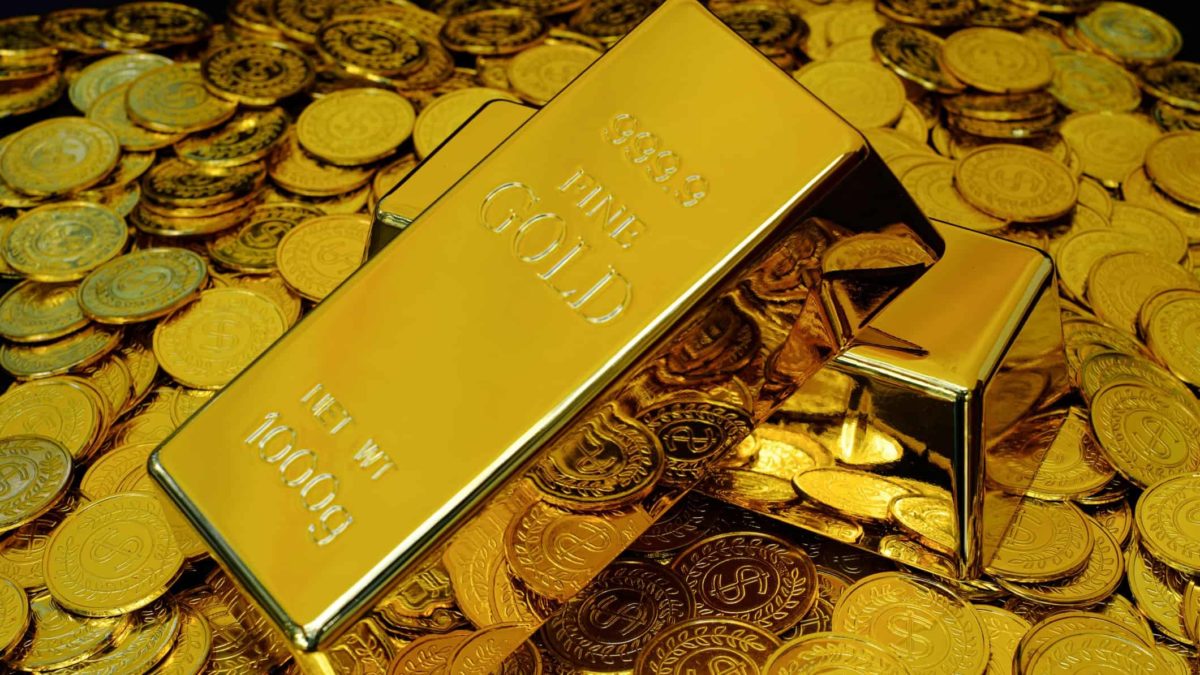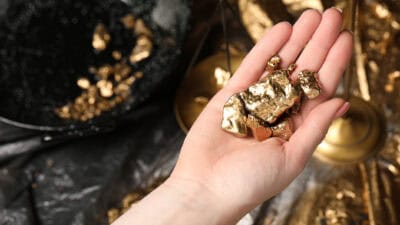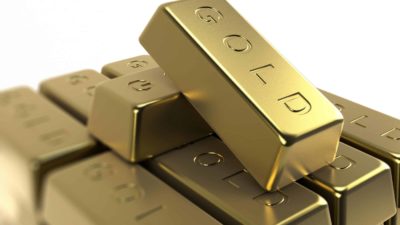S&P/ASX 200 Index (ASX: XJO) gold shares enjoyed a strong start to the year amid a fast-rising gold price.
On 8 March, the gold price topped US$2,050 per troy ounce. That came shortly after Russia's invasion of Ukraine, driving investors the world over to seek out the classic safe haven asset and the gold stocks that mine it.
By market close on 10 March the soaring gold price saw leading ASX 200 gold shares well into the green for the calendar year.
Northern Star Resources Ltd (ASX: NST) shares were up 16%; the Newcrest Mining Ltd (ASX: NCM) share price was up 10%; and shares in Evolution Mining Ltd (ASX: EVN) were up 15%.
The ASX 200, on the other hand, was down 6% year to date on 10 March.
Falling gold price sinks ASX 200 gold shares
Bullion's haven demand hasn't been enough to stave off the impacts of aggressive interest rate hikes from the US Federal Reserve.
That's seen the US dollar make huge gains, which has pressured the gold price – and ASX 200 gold shares – on several fronts.
First, gold is priced in US dollars. So, a higher dollar tends to see a lower gold price.
Second, the US dollar competes with gold as a haven asset. And a stronger US dollar has increased its allure as a safe place to park money during turbulent times.
Third, bullion pays no yield. In a high interest rate environment, the gold price and ASX 200 gold shares will often underperform.
At the time of writing the gold price stands at US$1,627 per ounce.
As you'd expect, that's seen the ASX 200 gold shares mentioned above fall significantly.
Year to date the Northern Star share price is now down 15%; Newcrest Mining shares are down 55%; and shares in Evolution Mining have lost 31%.
So, what can gold stock investors expect next?
Where to next for gold?
The biggest factor likely to influence the gold price, and by extension ASX 200 gold shares, in the year ahead will be central bank rate decisions. Predominantly driven by the Fed.
According to a recent BMO Capital Markets gold report, investors can expect the Fed to stop short of raising interest rates quite as aggressively as markets have priced in. That will in turn see an end to the greenback's bull run. Both of which should support the gold price in 2023.
As Kitco News reports, BMO Capital sees the gold price averaging in the US$1,680 range from April to June in 2023. That's a bit more than 3% above current prices.
According to BMO Capital's Rory Townsend:
What's interesting here for us is that we're expecting gold prices to remain fundamentally well-supported, even out to 2026. We have our gold price average of $1,600 an ounce, really not expecting a sharp retracement in prices from where we are today. And that partly is on inflation remaining stickier for longer, that is also partly on slower growth over the outlook period, and it's also on the elevated geopolitical risk remaining.
Commenting on the outlook for the terminal interest rates in the US, Townsend added:
There still naturally are risks to the very tight labour market in the US, that inflation could continue to push higher, we could see potentially a resurgence of energy prices into the winter months, which may well keep inflation higher for longer. But I think that sort of 4.6% should be enough to curtail demand, and start to pull down, some of those inflationary pressures that we're facing.
Once the Fed is satisfied it has inflation under control and takes its foot off the rate hike pedal, ASX 200 gold shares should enjoy some welcome tailwinds.









